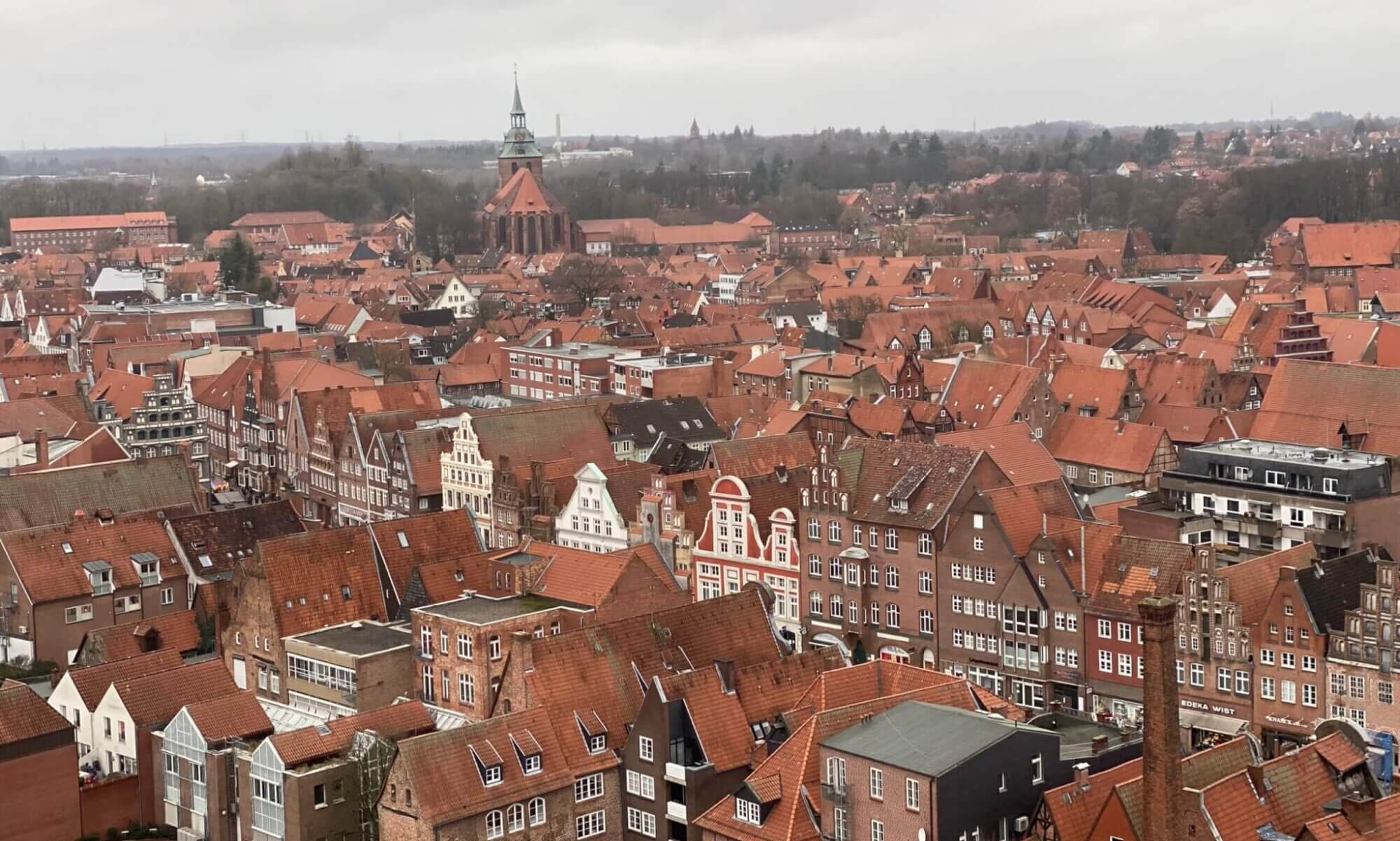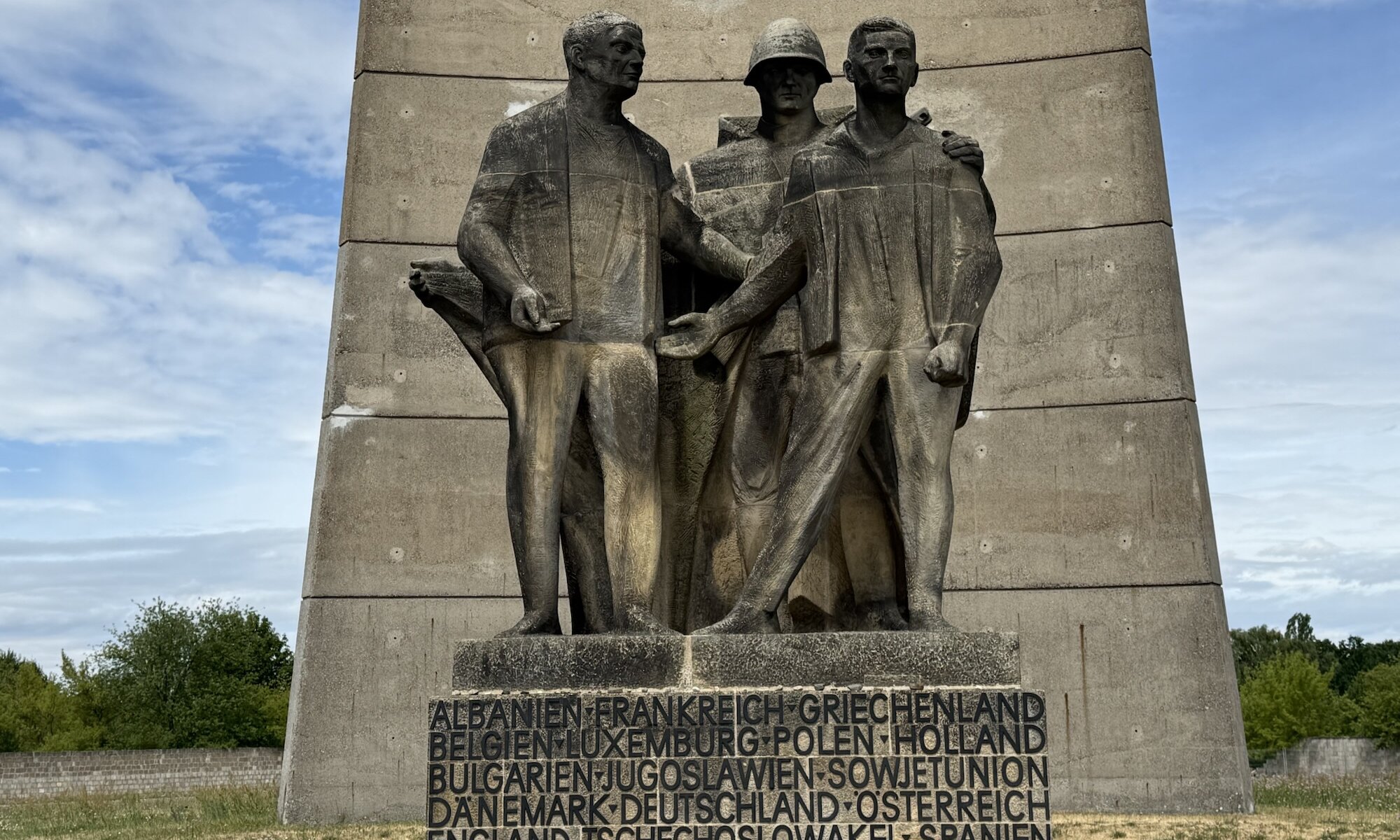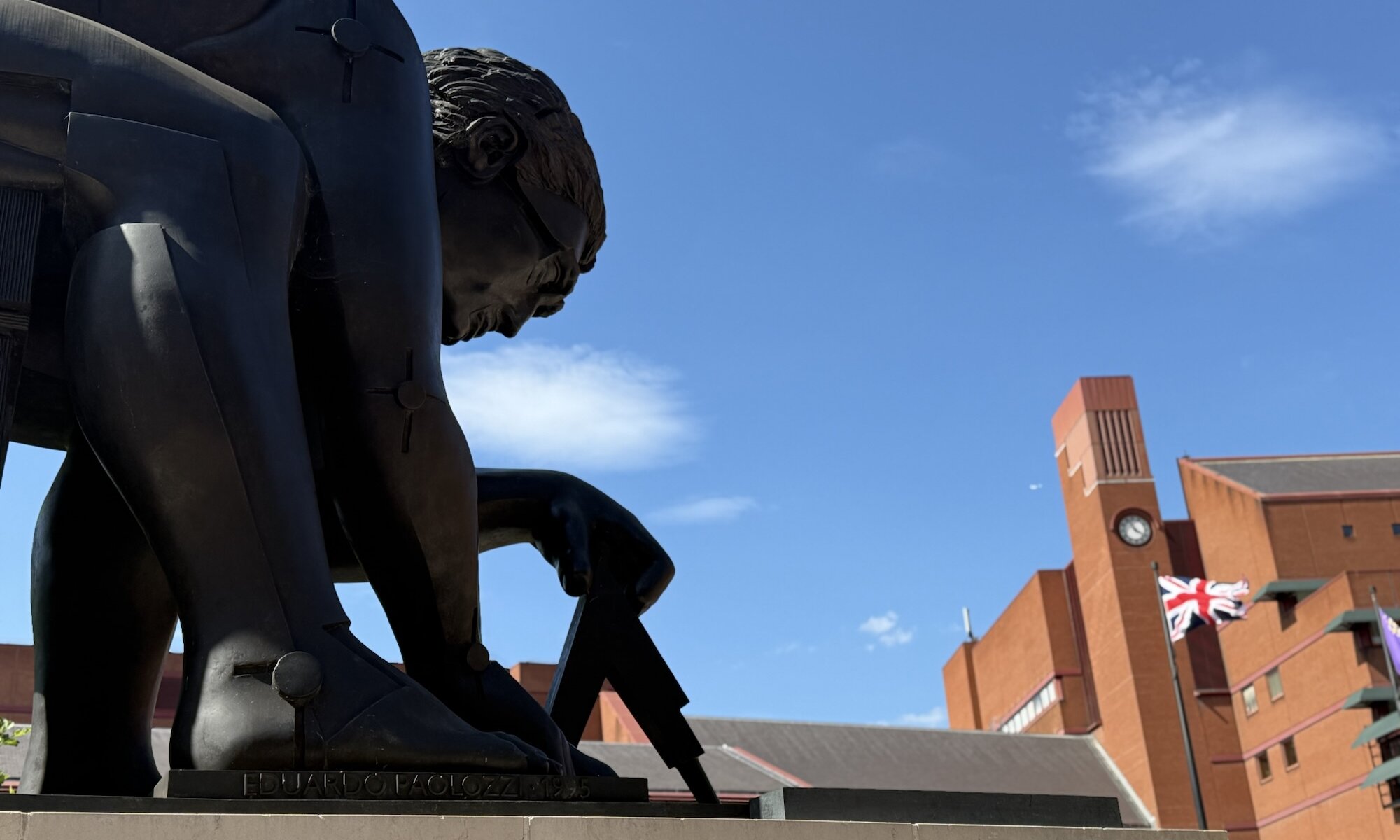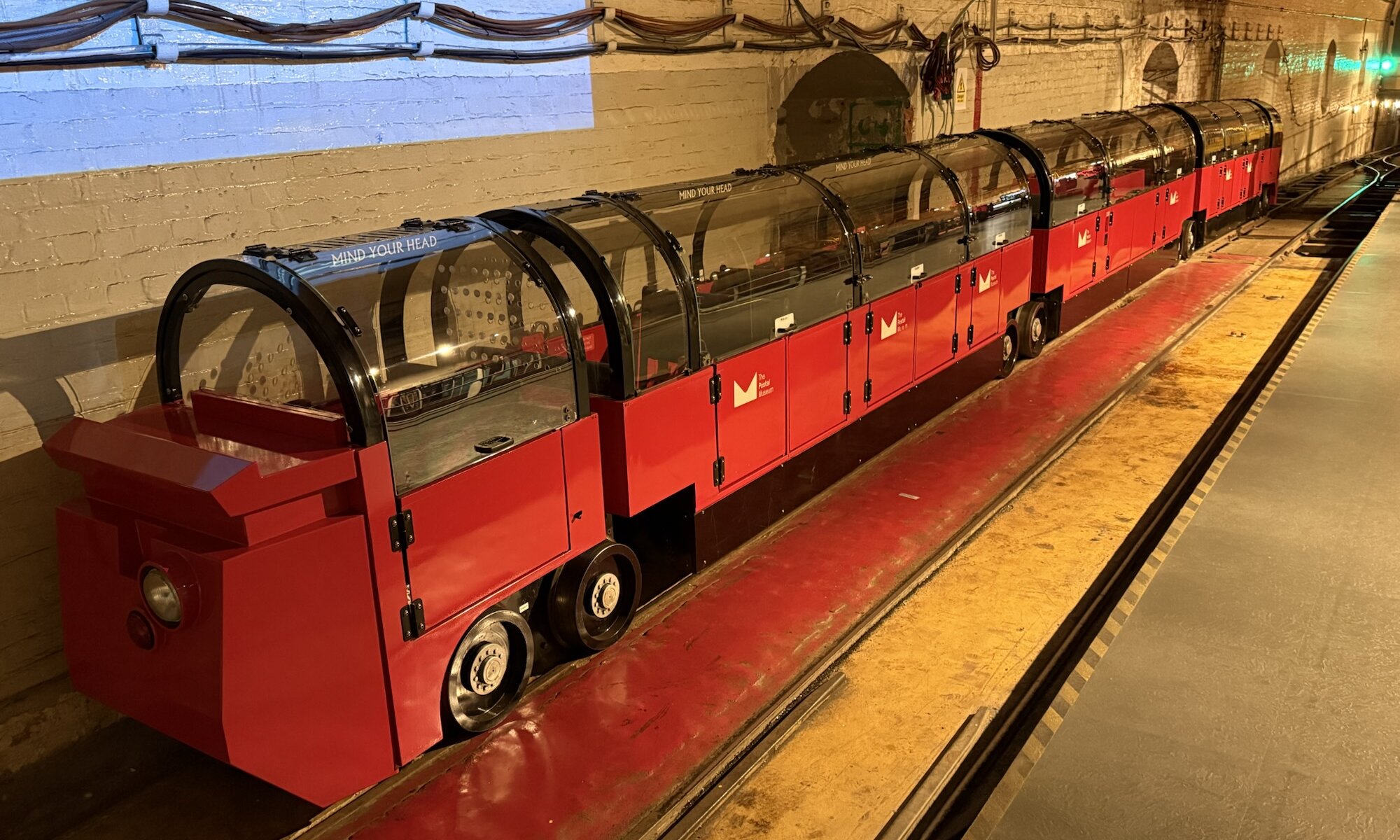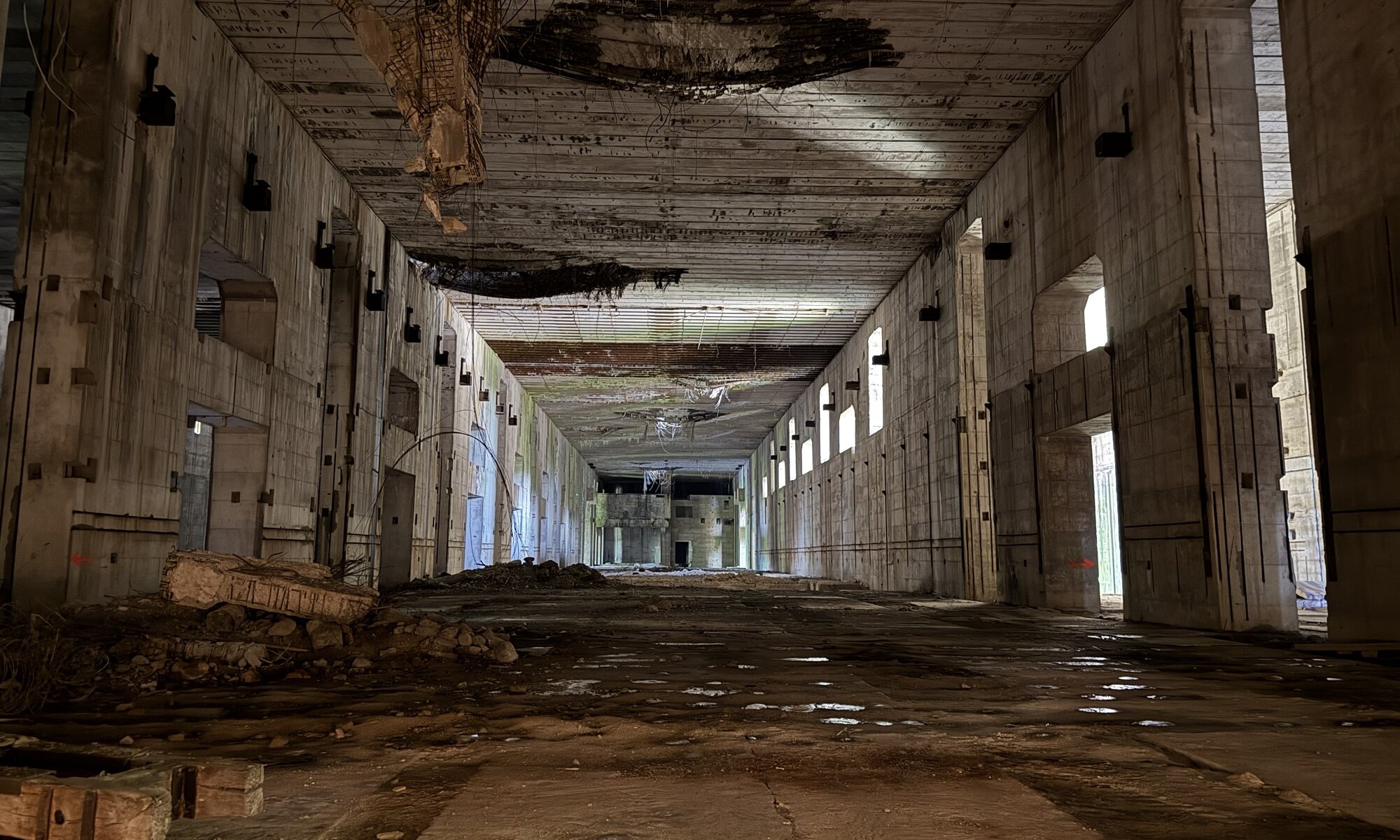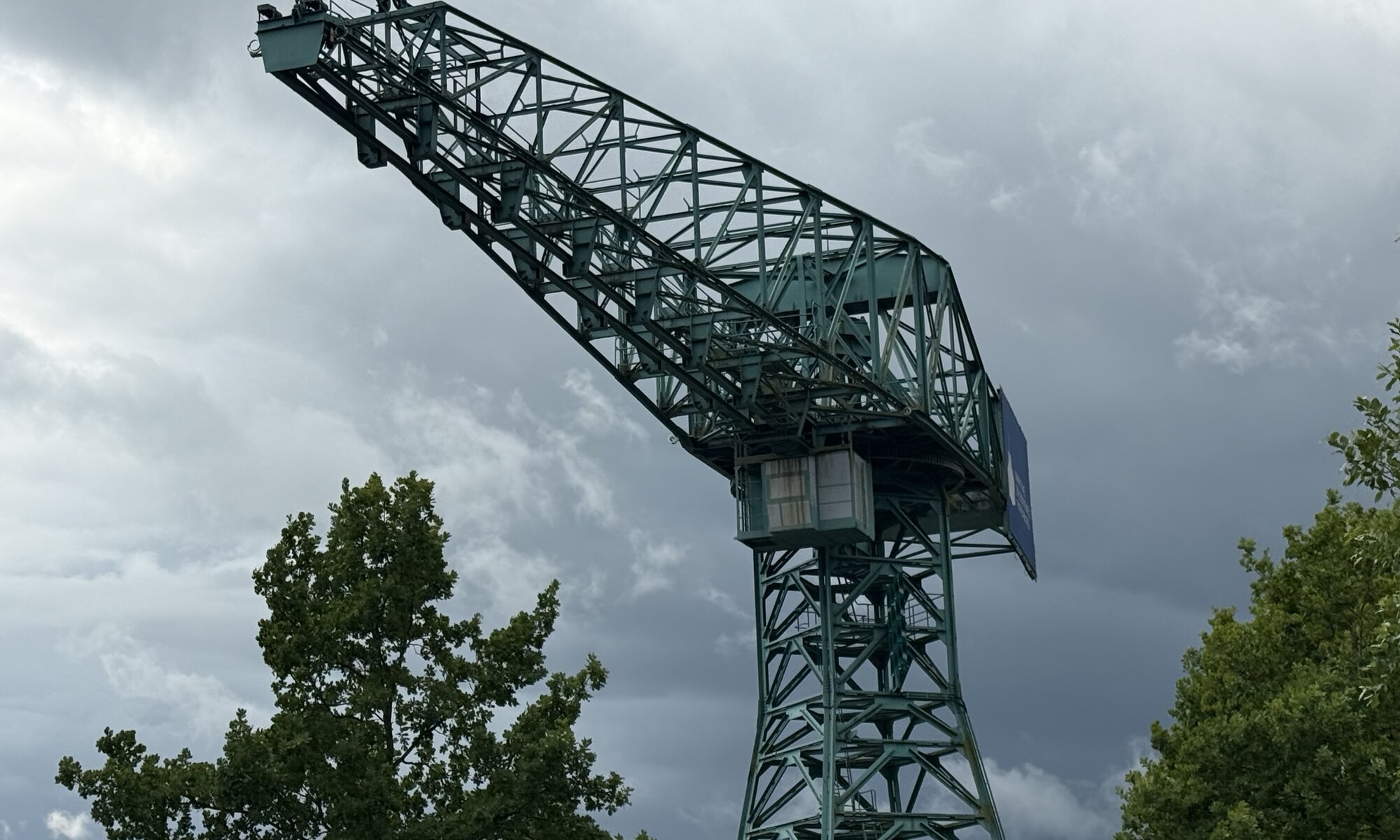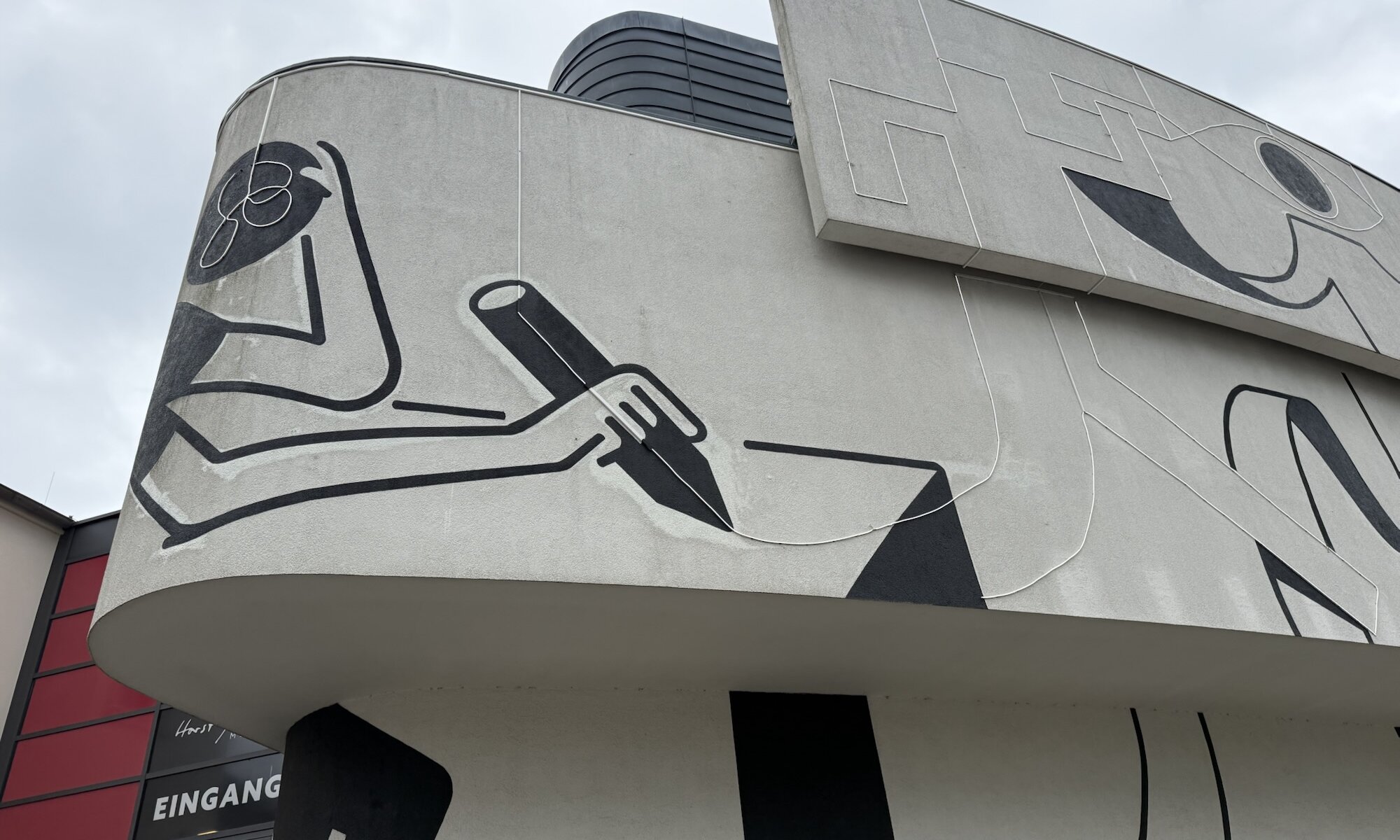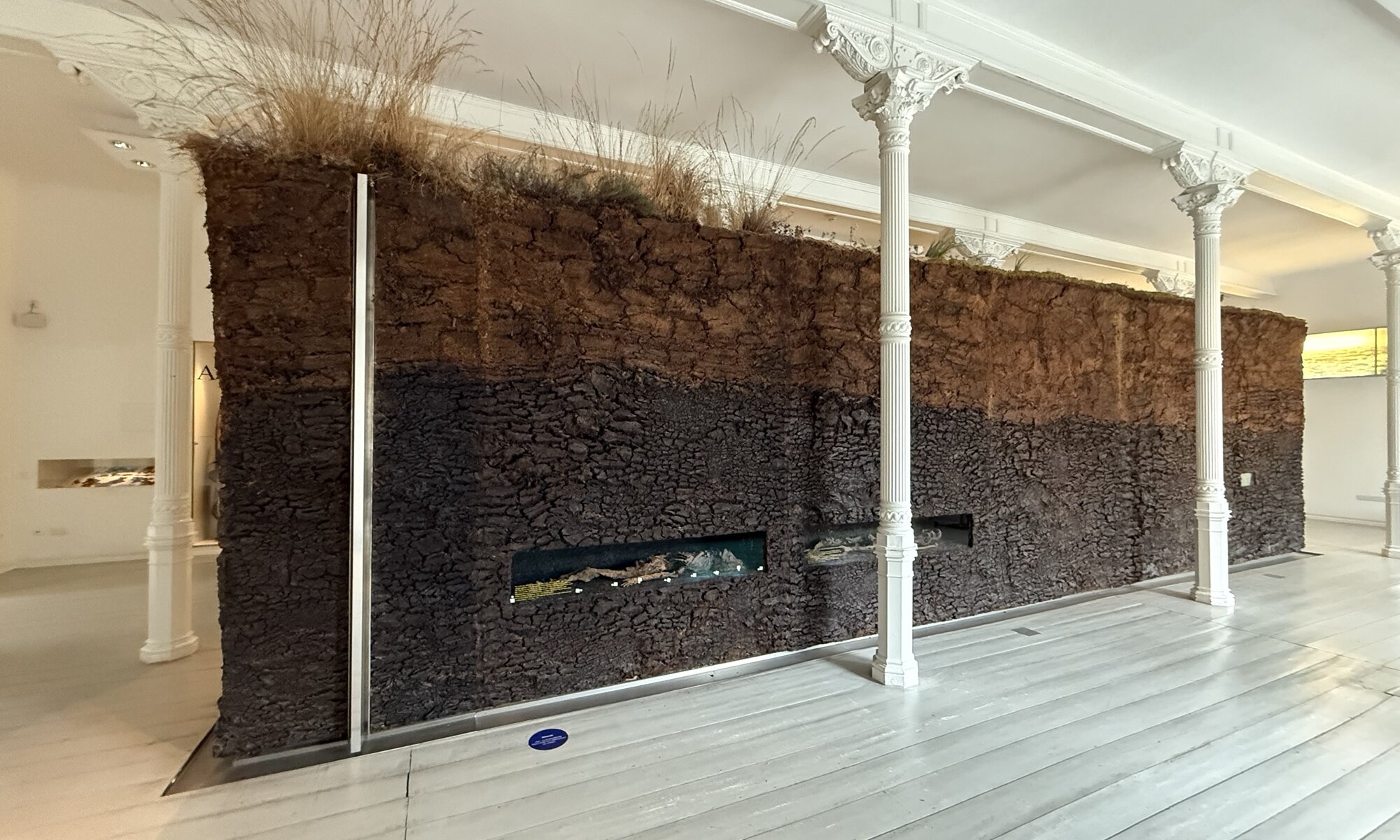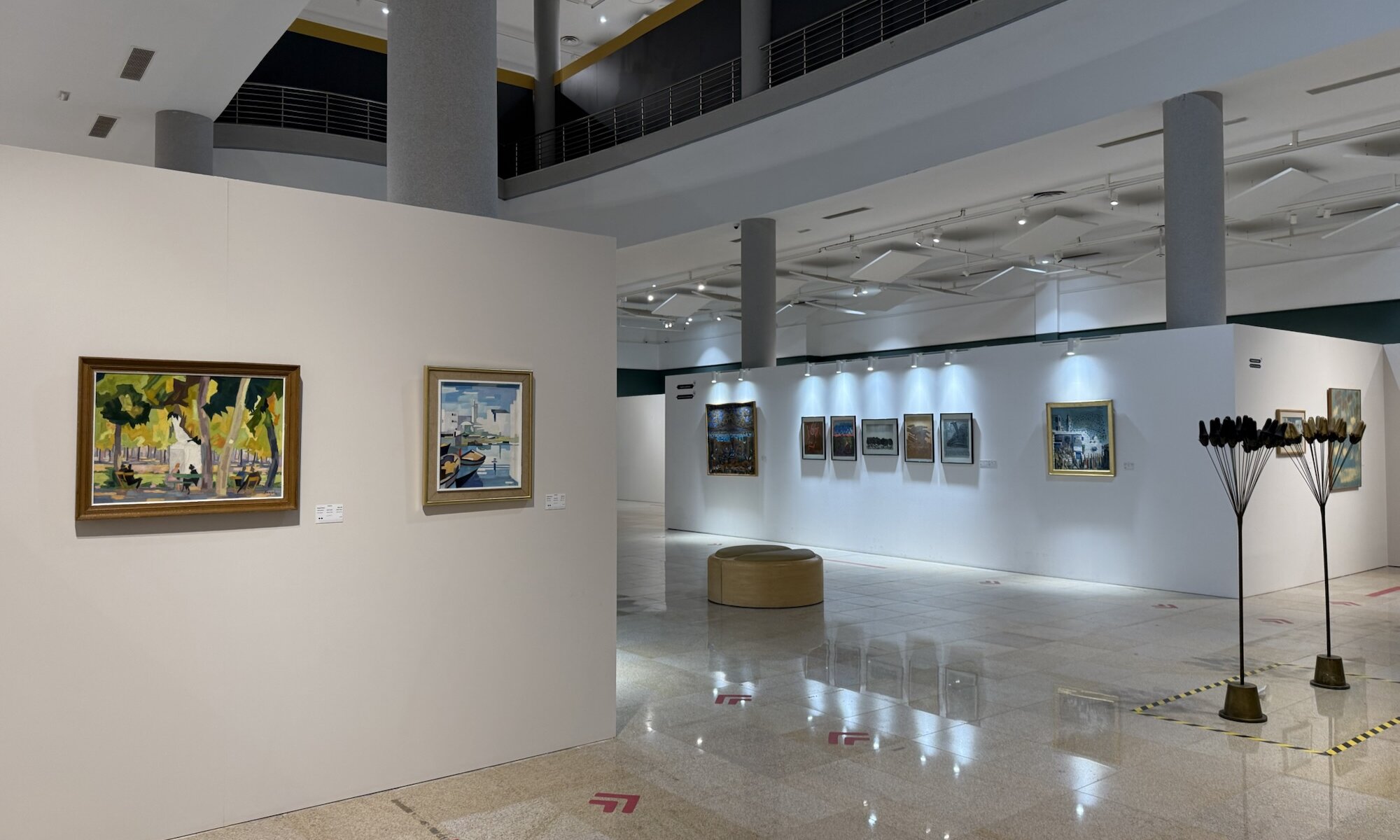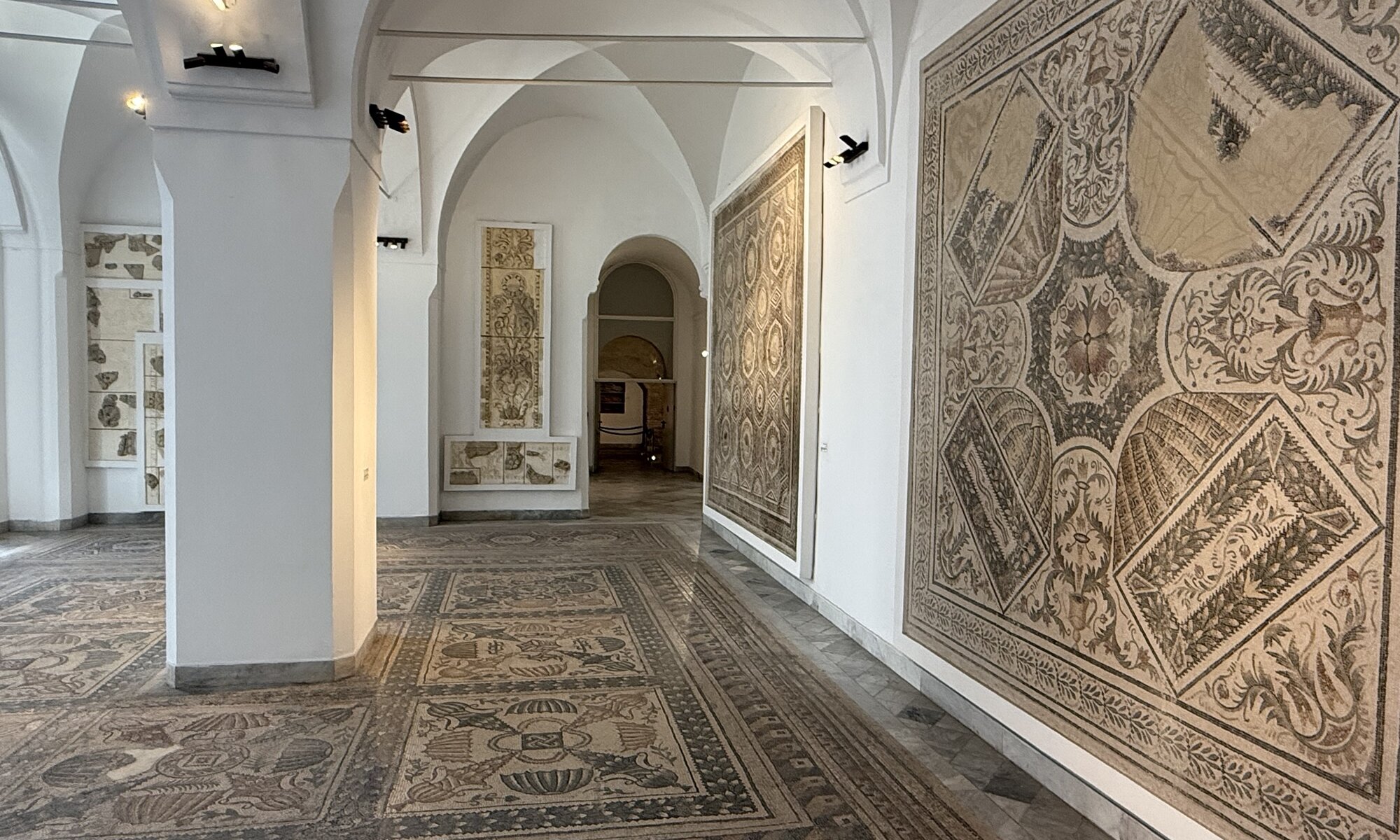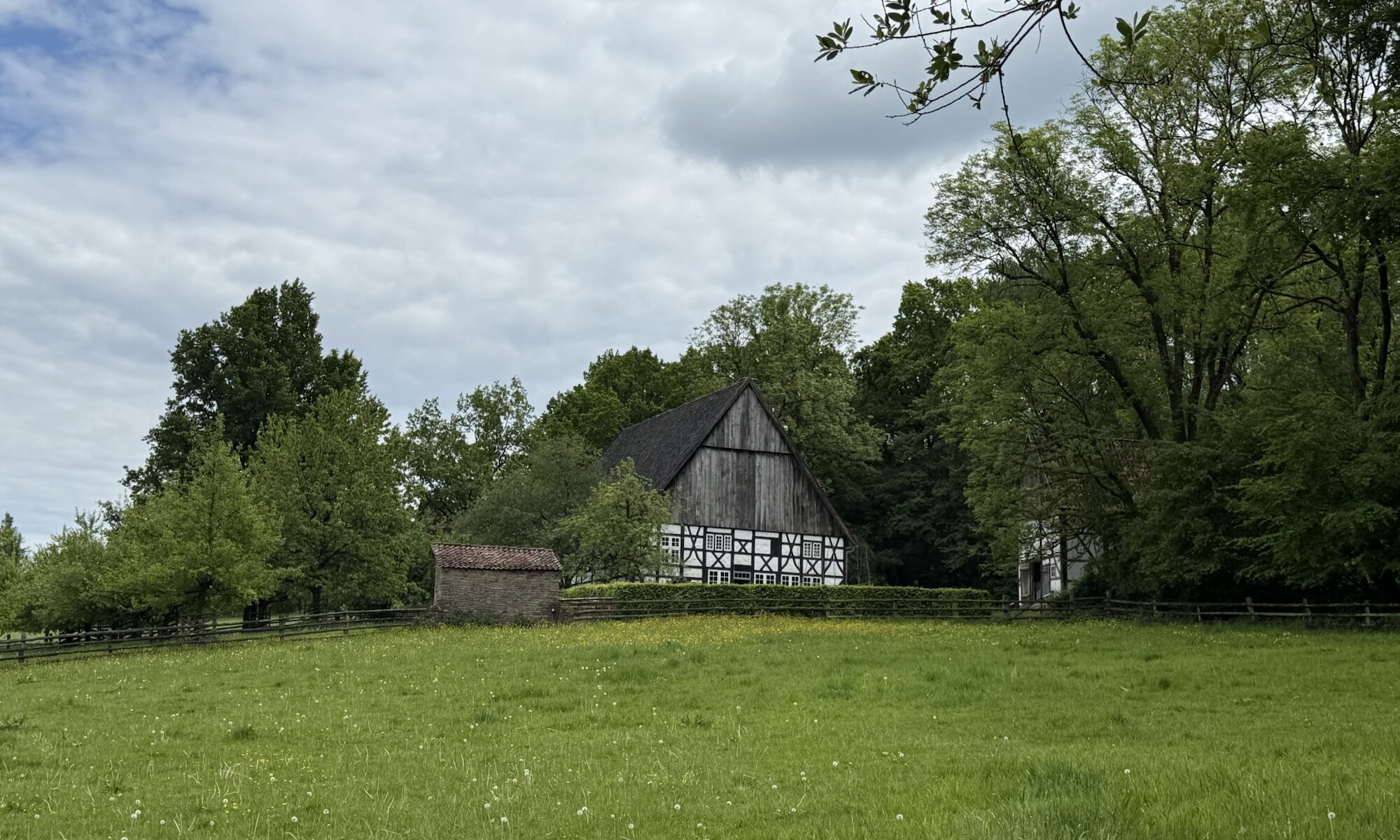Visiting the Konzentrationslager Sachsenhausen in Oranienburg, just north of Berlin, is a sobering and deeply educational experience. Established in 1936 by the SS, Sachsenhausen was intended as a model camp, both in its design and its function. Initially, it held political prisoners, but over time, its population expanded to include Jews, Roma, Sinti, homosexuals, Jehovah’s Witnesses, and Soviet prisoners of war. The camp became notorious for its harsh conditions, forced labor, medical experiments, and systematic executions. After the end of the Nazi regime, the site was repurposed by the Soviets as a special camp for political prisoners and former Nazis, where thousands more perished.
Continue reading “Sachsenhausen”Written treasures
The British Library in London is a true sanctuary for anyone passionate about history, literature, and culture. Its origins trace back to the 18th century, when the collections of Sir Hans Sloane, Robert Harley, and Sir Robert Cotton were brought together to form the core of the British Museum’s library. Over time, these collections expanded with royal donations and acquisitions, eventually leading to the establishment of the British Library as a separate entity in 1973. The library’s current home, a striking modern building near St. Pancras, opened its doors in 1998 and now houses over 170 million items, making it one of the largest libraries in the world.
Continue reading “Written treasures”Mail Rail
Beneath the bustling streets of London lies a unique piece of the city’s industrial heritage: the Mail Rail. Originally known as the Post Office Railway, this driverless, narrow-gauge railway was built in the early 20th century to transport mail quickly and efficiently between major sorting offices across the city. Construction began in 1915, but due to the disruptions of World War I, the railway only opened in 1927. For 76 years, the Mail Rail operated tirelessly, shuttling letters and parcels through six and a half miles of tunnels, until it was finally closed in 2003 as road transport became more practical for the Royal Mail.
Continue reading “Mail Rail”Bunker Valentin
Located near Farge on the banks of the river Weser just outside Bremen, Bunker Valentin is one of the largest above-ground bunkers in Europe and a haunting reminder of the final phase of World War II. Construction began in 1943, as the Nazi regime sought to protect its crucial submarine production from relentless Allied bombing. The plan was to assemble the advanced Type XXI submarines here, using innovative assembly-line techniques inside a massive, bomb-proof structure. The parts would have been preproduced in Hamburg and Danzig; the idea was to release a new U-Boot every 56 hours. The bunker stretches an astonishing 426 meters in length and 97 meters in width, with walls and a roof several meters thick – designed to withstand even the heaviest aerial attacks.
Continue reading “Bunker Valentin”Learning journey
Nestled in the heart of Papenburg, the Maritime Erlebniswelt offers an immersive journey through the city’s unique transformation from a moorland settlement to a renowned center of shipbuilding. The museum is located on the historic grounds of the old Meyer-Werft, and its three floors vividly narrate Papenburg’s evolution, highlighting its origins as Germany’s oldest and longest fen colony and its development into a major industrial hub. Visitors are introduced to the city’s rich maritime heritage, with engaging exhibits that bring to life the challenges and achievements of generations who shaped Papenburg’s identity.
Continue reading “Learning journey”Janssen
The Horst-Janssen-Museum in Oldenburg is a cultural highlight for anyone interested in the graphic arts and the complex life of one of Germany’s most celebrated artists. Opened in 2000, the museum is dedicated entirely to Horst Janssen, offering a comprehensive look at his artistic legacy across 1,000 square meters of exhibition space. Visitors encounter a diverse array of his works – drawings, etchings, wood engravings, lithographs, posters, and illustrations – arranged thematically to reflect the many facets of his creativity. The museum also features a reconstruction of Janssen’s studio, providing a vivid sense of his working environment and personal world.
Continue reading “Janssen”Mensch und Natur
The Landesmuseum Natur und Mensch in Oldenburg is a fascinating destination for anyone interested in the interplay between people and the natural world. Housed in one of Germany’s oldest museums, its exhibitions focus on the diverse landscapes of the region, from moorlands to marshes and the Geest. Visitors can explore permanent displays that highlight the natural habitats for local flora and fauna, as well as the ways humans have shaped and adapted to these environments since the Stone Age. The museum also features an aquarium showcasing the underwater world of the Hunte river and a mineral vault with precious stones and minerals.
Continue reading “Mensch und Natur”MACAM
The Musée National d’Art Moderne et Contemporain in تونس is a vibrant cultural institution located within the Cité de la Culture complex, dedicated to showcasing Tunisia’s dynamic modern art scene. It serves as a key platform for both local and international artists, reflecting the rich interplay between Tunisia’s historical heritage and contemporary artistic expression. The museum offers visitors a diverse collection of artworks that explore various themes and narratives relevant to modern society, providing a comprehensive insight into the evolution of Tunisian art beyond traditional forms.
Continue reading “MACAM”Mosaics
The Musée National du Bardo in تونس is housed in a magnificent 19th-century beylical palace, originally built as a royal residence, which combines Andalusian-Moorish, Ottoman, and Italian architectural influences. Established as a museum in 1888, it is one of the most important and oldest museums in the Mediterranean region and the second largest on the African continent after the Egyptian Museum of Cairo. The museum’s setting itself is a historical monument, offering visitors a glimpse into Tunisia’s royal past alongside its rich collections.
Continue reading “Mosaics”Alltagskultur
Visiting the Freilichtmuseum at Detmold is like stepping back in time to experience 500 years of Westphalian rural life. Spread across more than 90 hectares of picturesque landscape, the museum features over 100 original historical buildings that have been carefully relocated and reconstructed from various regions of Westphalia. As you wander through the grounds, you can explore authentic farmhouses, workshops, and village structures, all furnished true to their eras, giving a vivid impression of how people once lived and worked in this part of Germany.
Continue reading “Alltagskultur”